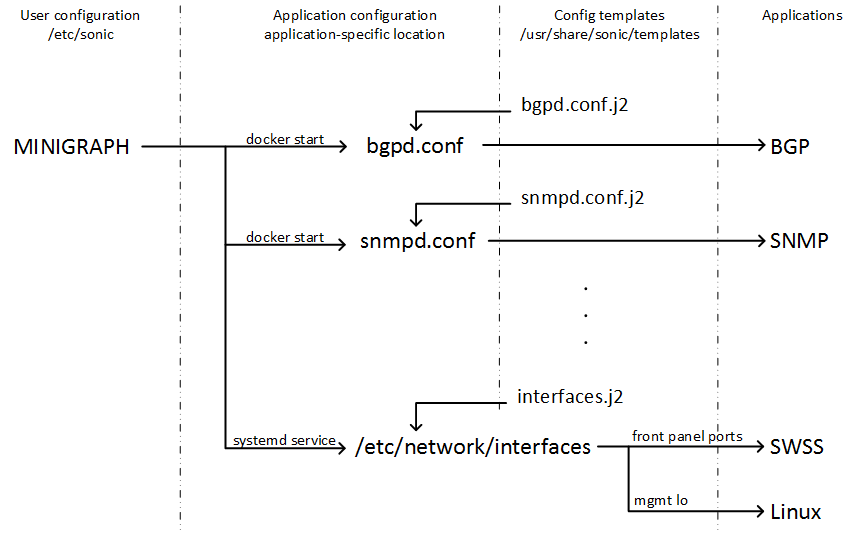

For example, it might be a common convention that register descriptions are represented as a subsection set in a specific layout.

Often that structural information is only implicitly known to the writer and reader of the document. First of all, there will be no explicit structural information assigned to the different elements of a specification. However, there are several problems associated with this approach.

Furthermore, it is common use to appoint special text processing staff to do the formatting and layout to achieve an easy to read and optically clean specification document. This is especially easy for system architects, since traditional text processing knowledge can be used to enter and maintain the specification and no special software training is required. In current System-on-Chip specification flows, a system specification is created by writing lengthy documents containing up to several thousands of pages using standard text processors such as FrameMaker or Microsoft WordTM.

Using the proposed flow, specification documents are handled as regular FrameMaker files, that automatically synchronize with the register database.Īdditionally, a migration framework has been set up allowing fast and highly customizable extraction of register information from existing FrameMaker specification documents. Only the registers are captured by a specialized graphical user interface and stored in a XML database using IPXACT. In this paper, we present a FrameMaker TM based environment that allows the entry of register data together with the remaining specification. In opposition to that, there exist register specification formats like IP-XACT TM and SystemRDL TM providing structured and unambiguous languages to store register data and enabling the generation of derived documents. Extracting derived models or documents such as RTL code or customer documentation from this unstructured representation is a complex and error-prone task, that often is accomplished by semi-automatic proprietary scripting solutions. KG, GermanyĬurrent specification flows often use standard text processors to capture formal register and memory map information of hardware designs along with other less formal types of specification text. Jan Langer, Vasco Jerinic & Ulrich Heinkel, Chemnitz University of Technology, Germany Frank Dresig, AMD Saxony LLC and Co.


 0 kommentar(er)
0 kommentar(er)
